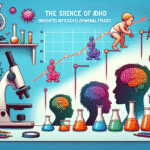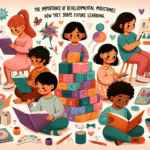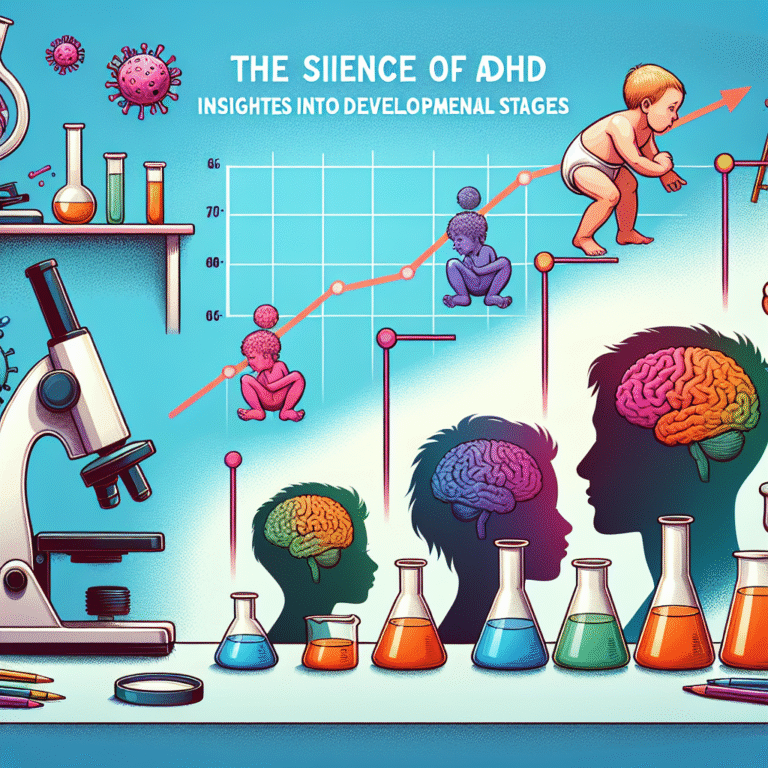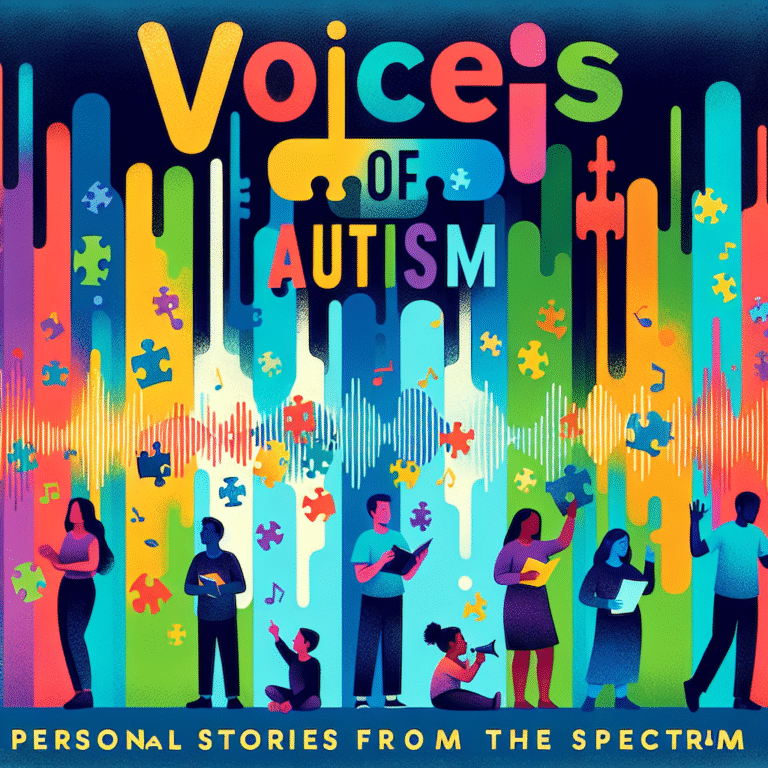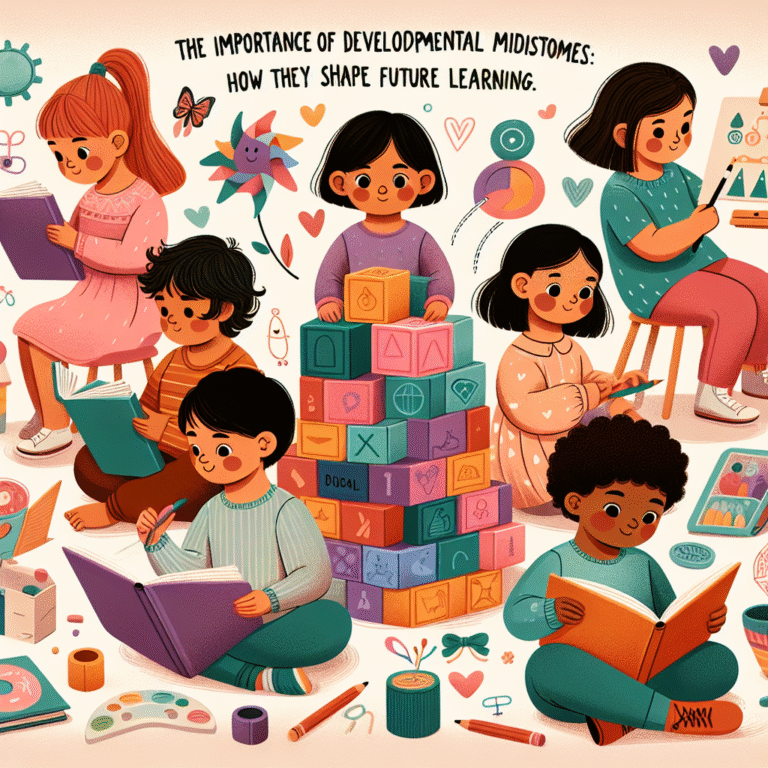
Introduction
In a world where relationships often shape our experiences and dictate our emotional states, understanding the dynamics of attachment is crucial. Enter The Science of Secure Attachment: How It Shapes Our Lives. This powerful concept goes beyond mere psychological theory; it’s an essential framework for navigating the complex web of human relationships, especially in our formative years. Attachments formed during childhood not only influence our interpersonal relationships as adults but also impact our mental health and overall well-being. In this article, we will delve into how secure attachment molds our lives, drawing from case studies, research findings, and actionable insights.
Understanding Attachment Theory
The Basics of Attachment Theory
Attachment theory, developed by psychologist John Bowlby in the 1960s, posits that the bonds formed between infants and their caregivers are crucial for emotional development. These attachments can be classified into four styles: secure, anxious, avoidant, and disorganized.
- Secure Attachment: Characterized by trust and stability, individuals feel comfortable with emotional intimacy.
- Anxious Attachment: Marked by a need for constant reassurance, leading to dependency.
- Avoidant Attachment: Exhibiting emotional distance, individuals often struggle to develop close relationships.
- Disorganized Attachment: A mix of avoidance and anxiety, often resulting from childhood trauma or neglect.
The Role of Secure Attachment
The focal point of our exploration, The Science of Secure Attachment: How It Shapes Our Lives, emphasizes that secure attachments lead to healthier relationships and improved mental well-being. Individuals with secure attachment styles are generally more resilient, happier, and capable of forming meaningful connections.
How Secure Attachment Shapes Our Lives
Emotional Well-being
Research has consistently shown that secure attachment is correlated with better emotional regulation. Those who cultivate secure attachments are better equipped to handle stress, anxiety, and interpersonal conflicts.
Case Study: The Harvard Study of Adult Development
One of the longest-running studies on human happiness, the Harvard Study, tracked the lives of 724 men over 75 years. The findings revealed that strong relationships and secure attachments are the most significant predictors of happiness and health.
Analysis: This case study illustrates that the longevity of relationships built on secure attachments leads not only to emotional contentment but also to physical well-being.
Relationships and Intimacy
Secure attachment fosters healthier romantic relationships. Individuals who experienced secure attachment in their childhood are less likely to fear intimacy or experience jealousy.
Table 1: Relationship Satisfaction Based on Attachment Styles
| Attachment Style | Relationship Satisfaction Level |
|---|---|
| Secure | High |
| Anxious | Medium-High |
| Avoidant | Low |
| Disorganized | Very Low |
The table underscores that secure attachment dramatically increases relationship satisfaction compared to other styles.
Parenting and Future Generations
The impact of secure attachment also extends to parenting. Children who grow up in securely attached environments are more likely to become secure parents themselves, thereby creating a positive feedback loop.
Case Study: The Bucharest Early Intervention Project
This landmark study investigated the effects of institutionalization on child development. The research revealed that children who formed secure attachments with foster parents thrived emotionally and socially, contrasting sharply with their peers who remained in institutions.
Analysis: This demonstrates that secure attachments can have transformative effects, even when established later in life.
The Neurobiology of Secure Attachment
Brain Development and Function
Secure attachment influences brain development, particularly in areas responsible for emotion regulation, stress response, and social cognition. Neuroimaging studies indicate that securely attached individuals tend to have a more developed prefrontal cortex, which is essential for impulse control and decision-making.
The Hormonal Influence
Oxytocin, often referred to as the "love hormone," plays a significant role in forming secure attachments. It boosts trust and emotional bonds, promoting the idea that The Science of Secure Attachment: How It Shapes Our Lives is not just emotional but deeply biological.
Cultivating Secure Attachment
Self-awareness and Reflection
To reap the benefits of secure attachment, it’s essential to engage in self-reflection. Understanding your attachment style can inform your relationships and better help you navigate emotional challenges.
Seeking Professional Help
Therapy, particularly attachment-based therapy, can aid individuals in fostering secure attachments. Talking through past experiences allows for healing and reformation of relational patterns.
Building Trust
Building trust in relationships is a cornerstone of secure attachment. Open communication, empathy, and reliability go a long way in establishing trust.
Conclusion
In conclusion, The Science of Secure Attachment: How It Shapes Our Lives offers profound insights into the mechanics of our relationships and emotional health. Secure attachment isn’t merely an abstract theory—it’s a crucial element in fostering happiness, emotional resilience, and positive relationships. By understanding and cultivating secure attachment in our lives, we can unlock a path to lasting well-being and fulfillment.
FAQs
1. What is secure attachment?
Secure attachment refers to a stable and trusting relationship formed during childhood, typically between a caregiver and a child.
2. How does secure attachment affect adult relationships?
Adults with secure attachment are generally more open to intimacy, trust, and have better communication skills in their relationships.
3. Can insecure attachment be changed?
Yes, through therapy and conscious effort, individuals can work towards developing more secure attachment styles.
4. What are the signs of secure attachment?
Signs include comfort with emotional intimacy, healthy communication, and the ability to trust others.
5. How does secure attachment influence mental health?
Secure attachment is associated with lower levels of anxiety and depression and greater overall emotional well-being.
By embracing these insights and actionable takeaways, readers can actively work towards cultivating secure attachment in their lives, enhancing their relationships and emotional resilience.
